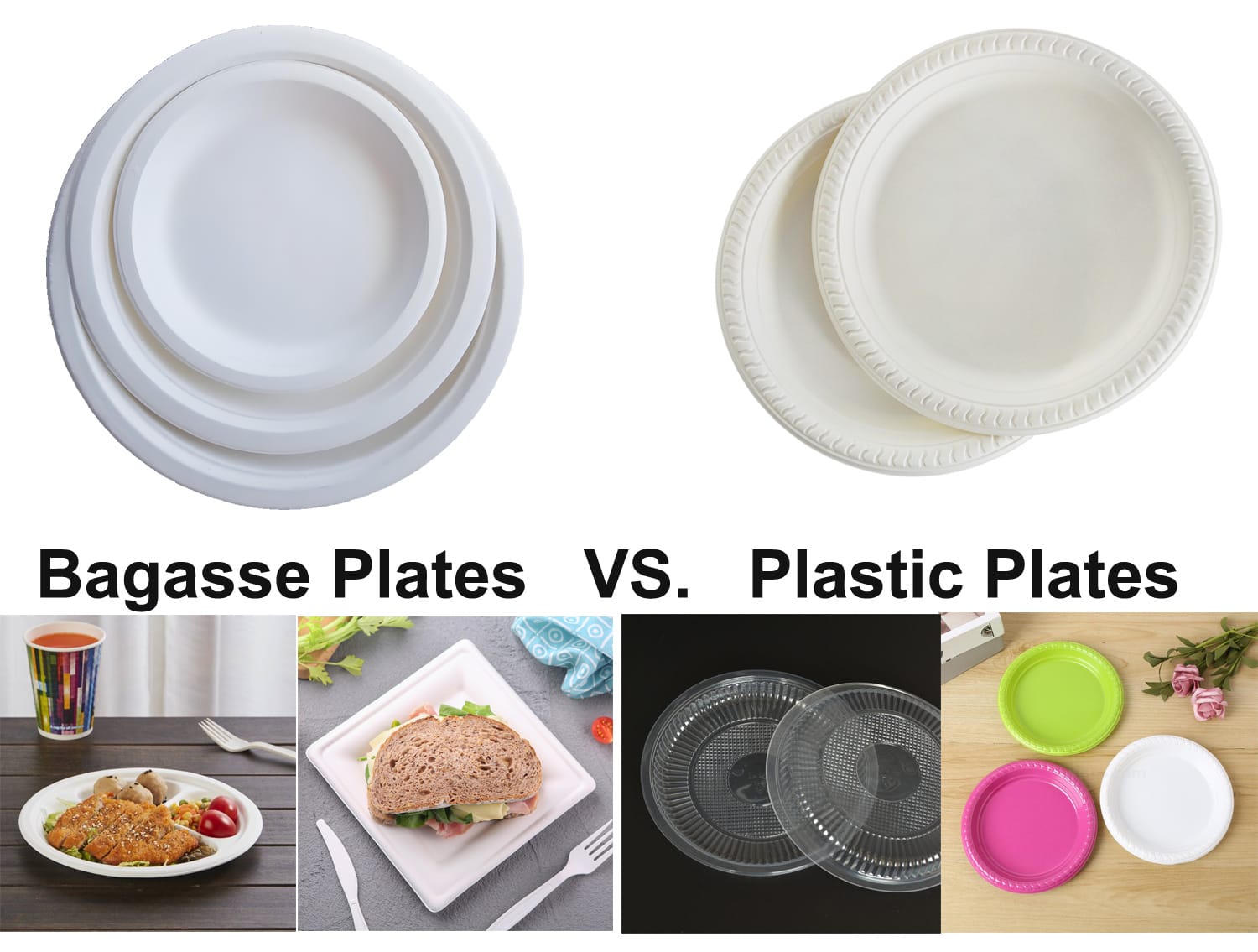What’s Inside Your Box? The Hidden Cost of Takeaway Packaging
It’s quick, it’s convenient, and it’s booming—takeaway food is a cornerstone of modern urban life. But what’s often overlooked is the packaging that carries your pad thai, poke bowl, or hot latte. Behind the sleek design of those containers lies an invisible price tag—one that’s paid by the environment, public health, and, ultimately, your brand.
Takeaway food packaging has evolved into a major contributor to plastic waste and greenhouse gas emissions. According to the Ellen MacArthur Foundation, food packaging is responsible for 36% of plastic production globally, yet most of it is used just once and discarded within minutes. A 2022 OECD study confirmed that only 9% of plastic waste is effectively recycled—the rest ends up in landfills, incinerators, or our oceans.
As regulations tighten and eco-conscious consumers speak louder, it's time to lift the lid on what’s inside your takeaway box—and discover why biodegradable takeaway food containers are becoming a necessity for future-forward brands.
The Legacy of Traditional Takeaway Containers
Traditional takeaway containers, made from polystyrene, polypropylene, or multilayer plastic, are designed for one purpose: short-term use. But they come with long-term consequences.
Environmental Toll:
-
Polystyrene foam takes over 500 years to degrade.
-
A single plastic container can release microplastics into the environment as it breaks down.
-
The food and beverage sector produces over 260 million tons of plastic waste annually, much of it from packaging (UNEP, 2022).
Human Health Concerns:
Studies published in Environmental Science & Technology show that chemical additives like BPA and phthalates in plastic containers can leach into food, especially under heat. These chemicals are associated with hormone disruption, developmental issues, and increased cancer risks.
Reputational Risk:
A 2023 NielsenIQ survey found that 64% of consumers avoid brands that continue to use plastic-heavy packaging. For foodservice brands, packaging is no longer just functional—it’s a brand statement.
The Rise of Biodegradable and Compostable Packaging
Enter a new generation of sustainable solutions: biodegradable takeaway containers and compostable takeaway containers, made from natural, renewable resources like:
-
Bagasse (sugarcane fiber)
-
Bamboo
-
PLA (polylactic acid from corn starch)
-
Wheat straw and cornstarch composites
These materials are designed to break down within 60–120 days under composting conditions, leaving behind no toxins or microplastics.
Key Differentiators:
Benefits of Eco Friendly Takeaway Food Containers
Switching to eco friendly takeaway food containers offers not just environmental but also economic and reputational advantages:
1. Reduced Waste Management Costs
Compostable packaging diverts waste from landfills and reduces the cost of waste disposal for businesses. Cities like San Francisco have seen over 70% landfill waste reduction after mandating compostable food packaging.
2. Brand Loyalty and Premium Perception
According to IBM’s 2023 Global Sustainability Study, 57% of consumers are willing to change their purchasing habits in support of sustainable brands. Restaurants using eco friendly takeaway containers experience stronger customer retention and greater word-of-mouth marketing.
3. Compliance with Emerging Regulations
Plastic bans are sweeping across jurisdictions. The European Union has banned specific plastic items, while India, Canada, and parts of the U.S. are following suit. Compostable packaging ensures proactive compliance.
4. High Functionality
Modern biodegradable takeaway food containers are:
-
Microwave- and freezer-safe
-
Grease- and moisture-resistant
-
Stackable and sealable for delivery efficiency
They combine form, function, and future-readiness—no compromise needed.
Breaking Down the Economics: Are Biodegradable Containers Worth It?
Yes. While the upfront cost per unit may be slightly higher, the long-term financial impact is positive when considering:
-
Avoided fines or penalties for non-compliance
-
Reduced landfill or hazardous waste surcharges
-
Increased customer lifetime value
-
Potential tax incentives in certain countries for sustainable practices
Furthermore, as demand increases and production scales, the cost gap between traditional plastic and compostable takeaway containers is rapidly closing.
Industry Shifts: Leading the Packaging Transformation
From international food chains to boutique cafes, leading businesses are embracing biodegradable takeaway containers:
-
Starbucks has piloted compostable cold cups in major markets.
-
Just Salad offers reusable and compostable packaging in 90% of its locations.
-
HelloFresh replaced foam insulation with plant-based liners, reducing packaging waste by over 30%.
This shift isn’t just about ethics—it’s a business strategy aligned with customer values and environmental stewardship.
What Consumers and Businesses Are Asking
1. Are biodegradable takeaway containers really better for the environment?
Yes. They break down naturally into organic matter and avoid contributing to microplastic pollution, unlike traditional plastics.
2. Can eco friendly takeaway containers handle hot and greasy food?
Absolutely. High-quality bagasse and PLA containers are heat-resistant and grease-proof, perfect for curries, pasta, and fried items.
3. How should compostable takeaway containers be disposed of?
Ideally, they should go into a commercial composting facility. Some can break down in home compost bins, but performance varies by material.
4. Are these containers microwave- and freezer-safe?
Yes. Most biodegradable takeaway food containers are tested for durability under both hot and cold conditions. Check individual product specifications for best practices.
5. Where can I buy certified biodegradable containers in bulk?
Many global manufacturers offer certified solutions. Look for third-party certifications like EN 13432 or ASTM D6400 for authenticity.
What to Look for When Choosing Sustainable Packaging
-
Certifications: EN 13432, ASTM D6400, OK Compost
-
Material Source: Agricultural waste (bagasse) or fast-renewable crops
-
Functionality: Heat resistance, leak-proof, stackability
-
Supplier Transparency: Traceable sourcing and environmental impact disclosures
Final Thoughts: Reimagine What’s Inside the Box
What if your takeaway container did more than just hold food?
What if it protected your brand, reduced your carbon footprint, and delighted your customers all at once?
That’s the hidden value of switching to compostable takeaway containers and embracing a future where packaging doesn’t harm—it helps.
For brands looking to build trust, grow margins, and contribute to a cleaner planet, biodegradable takeaway containers are more than a solution. They're a strategy for sustained success.




Comments